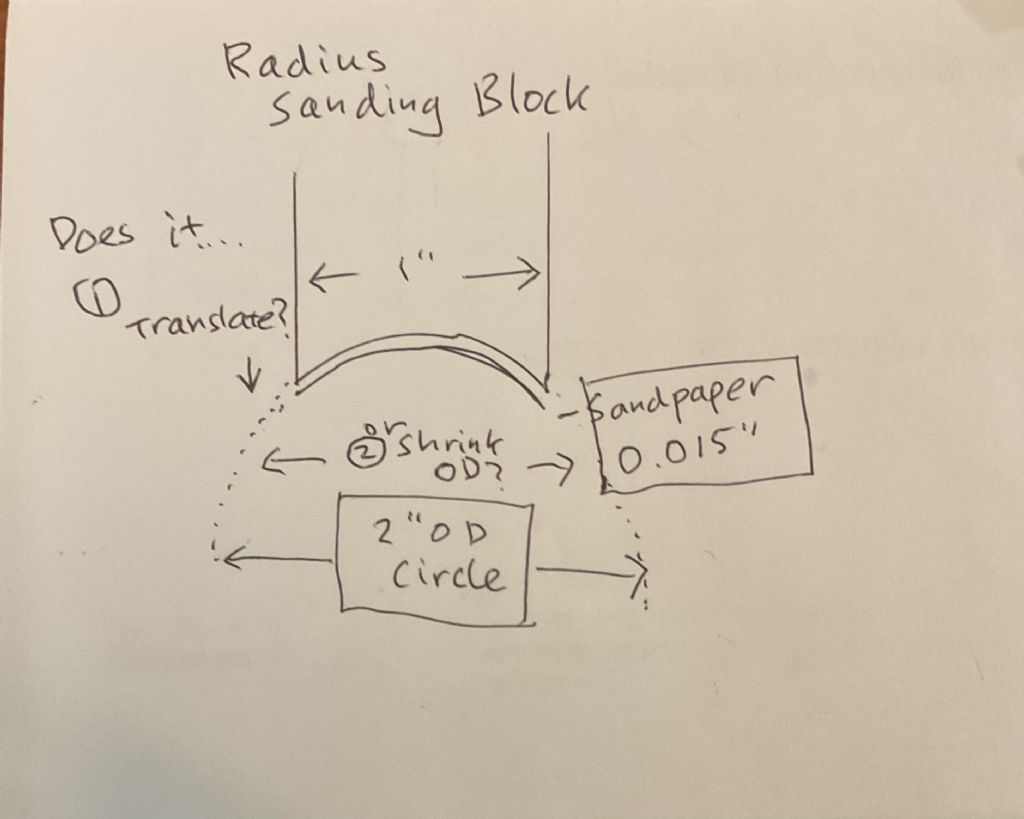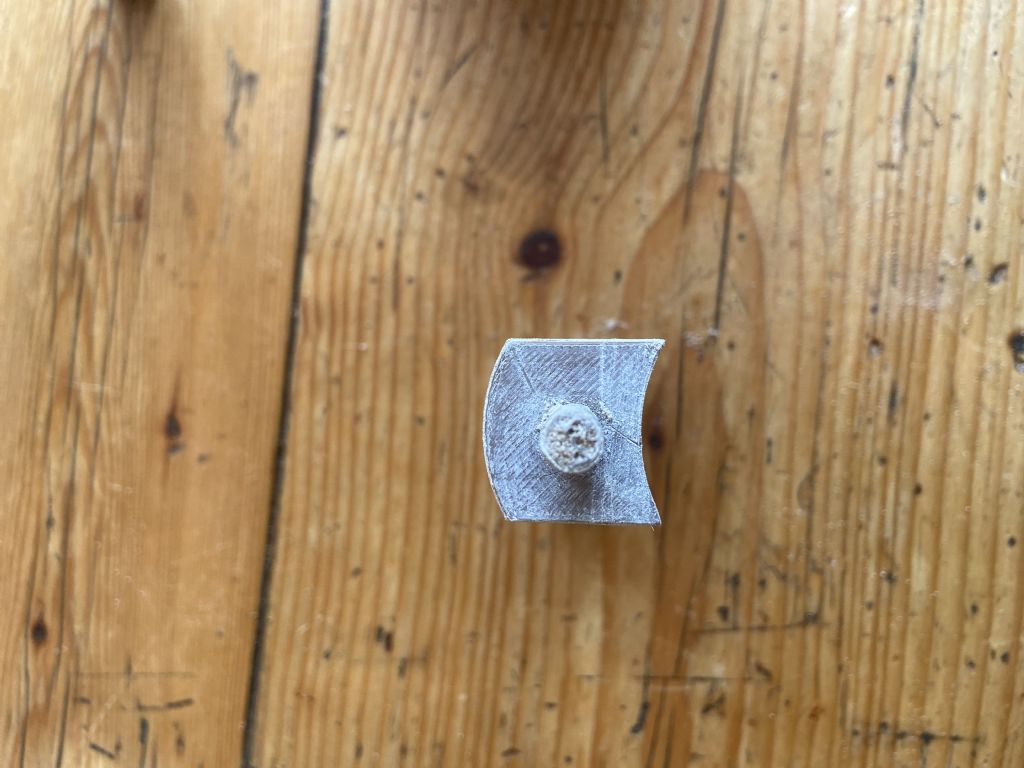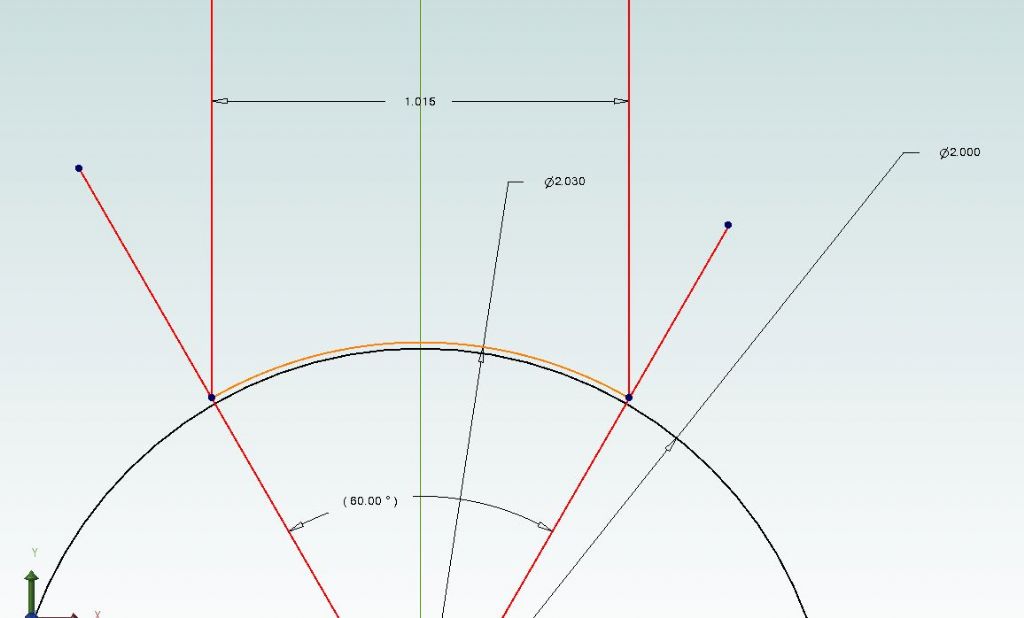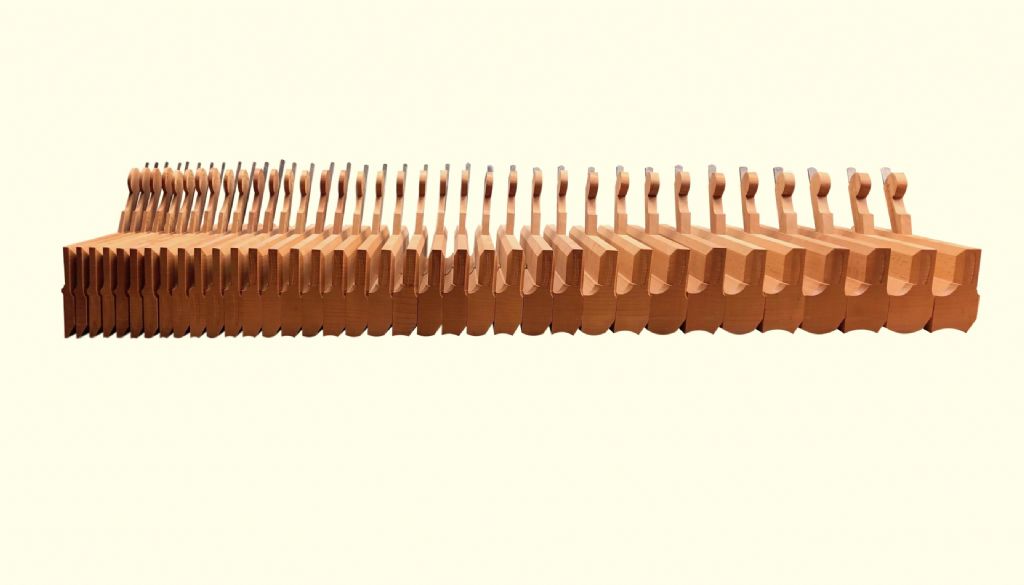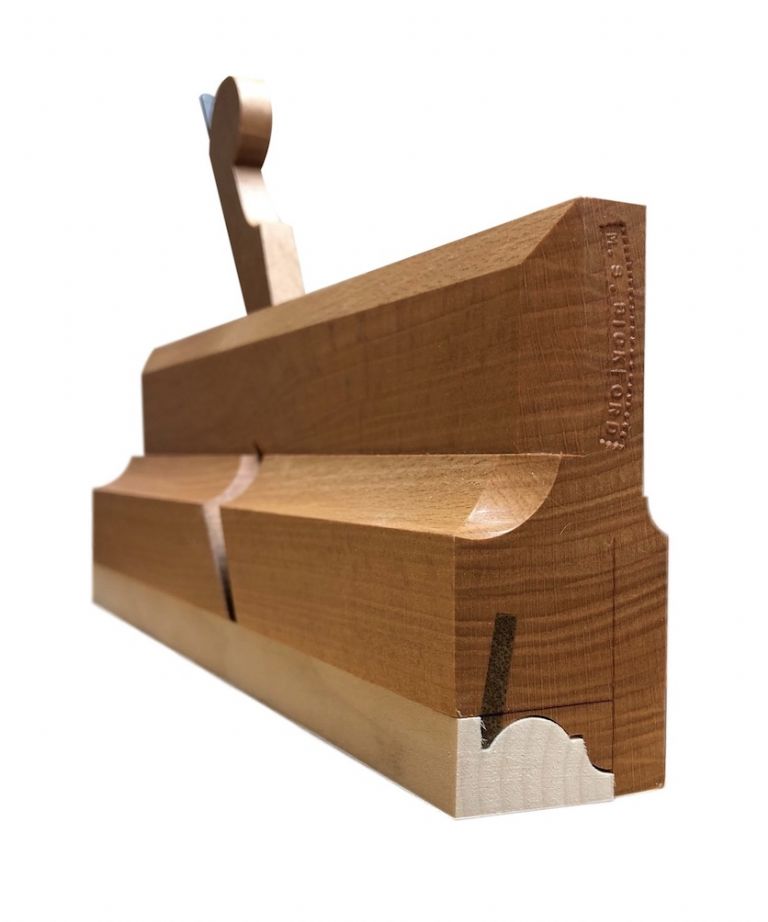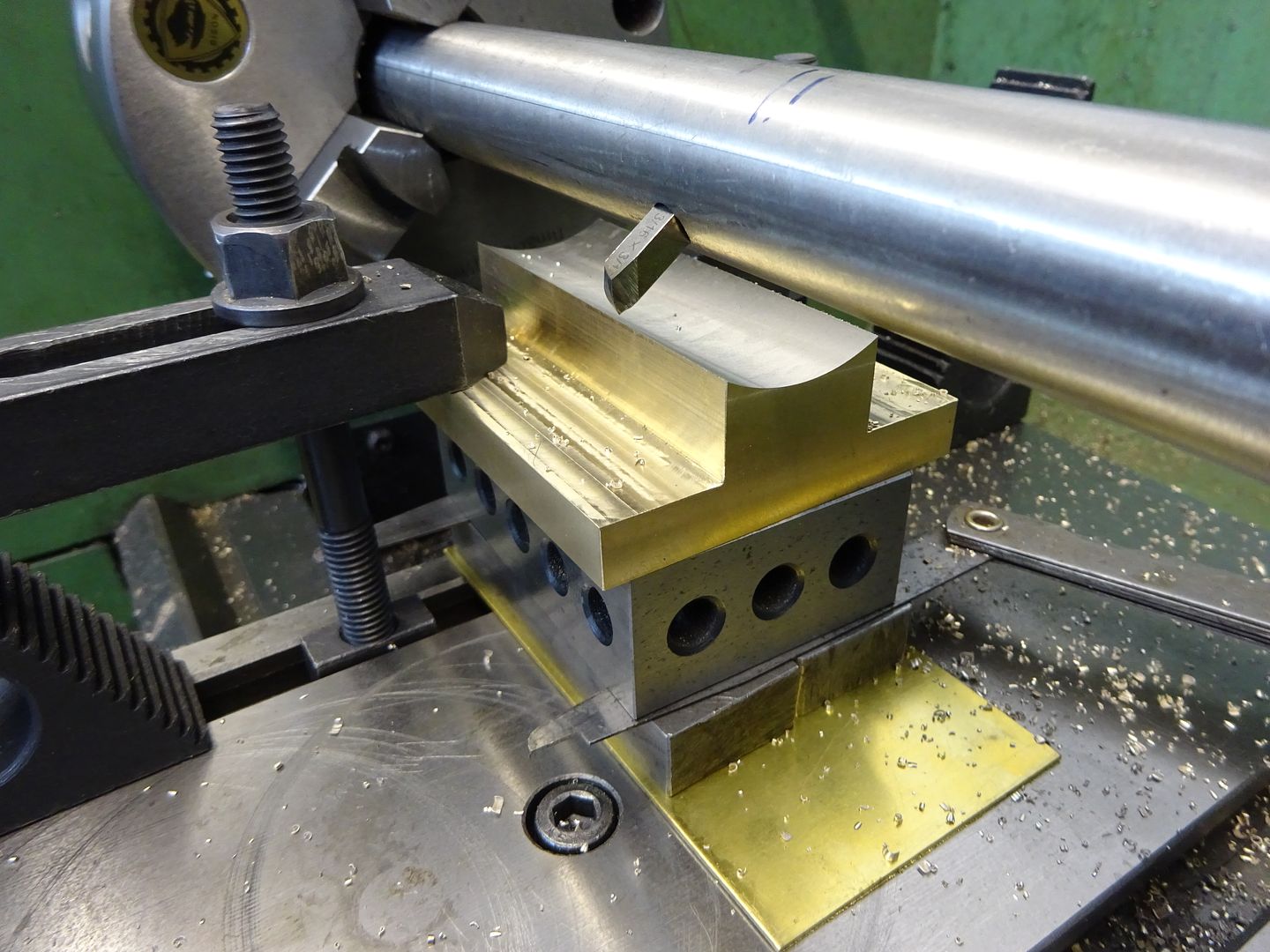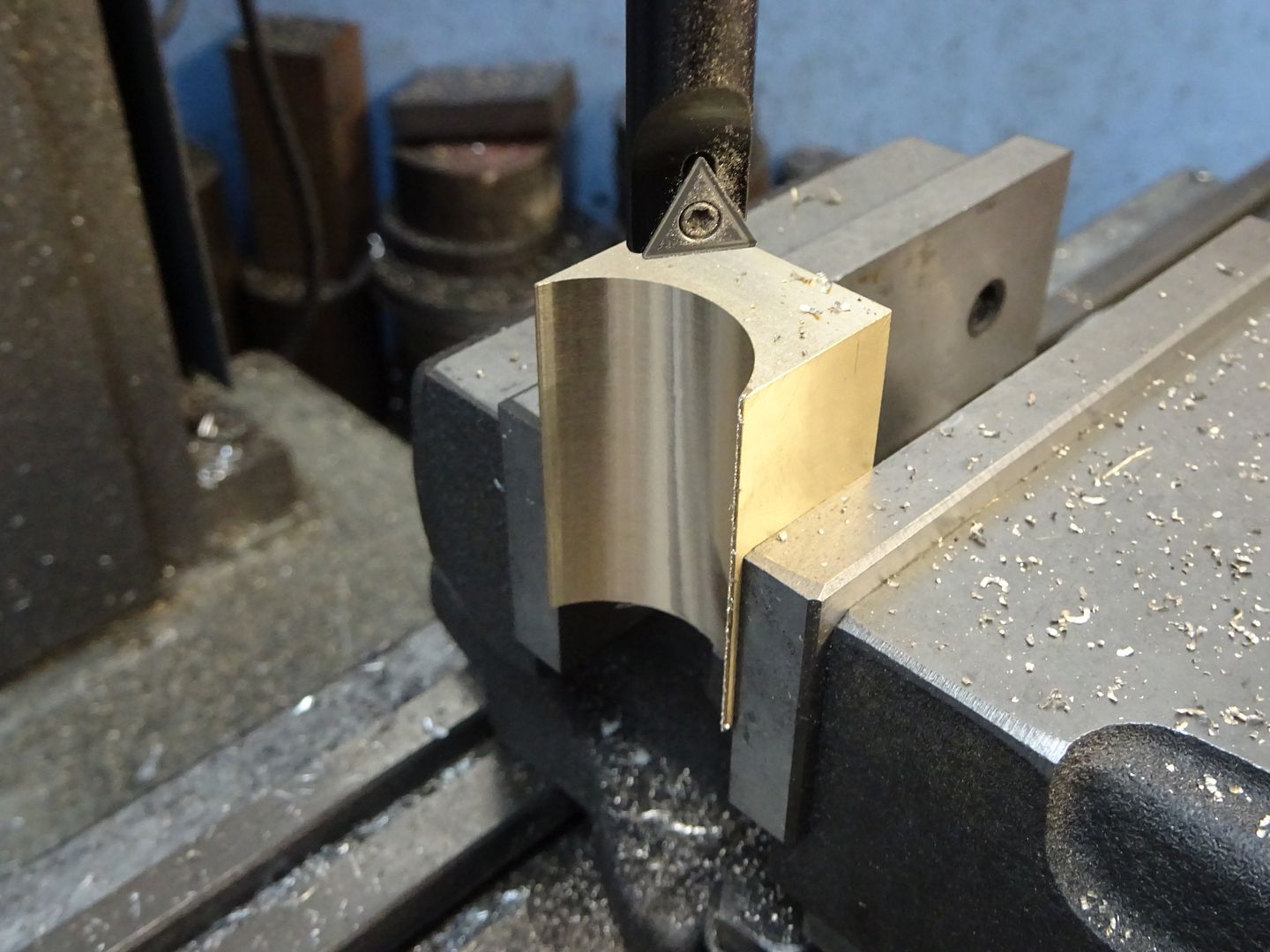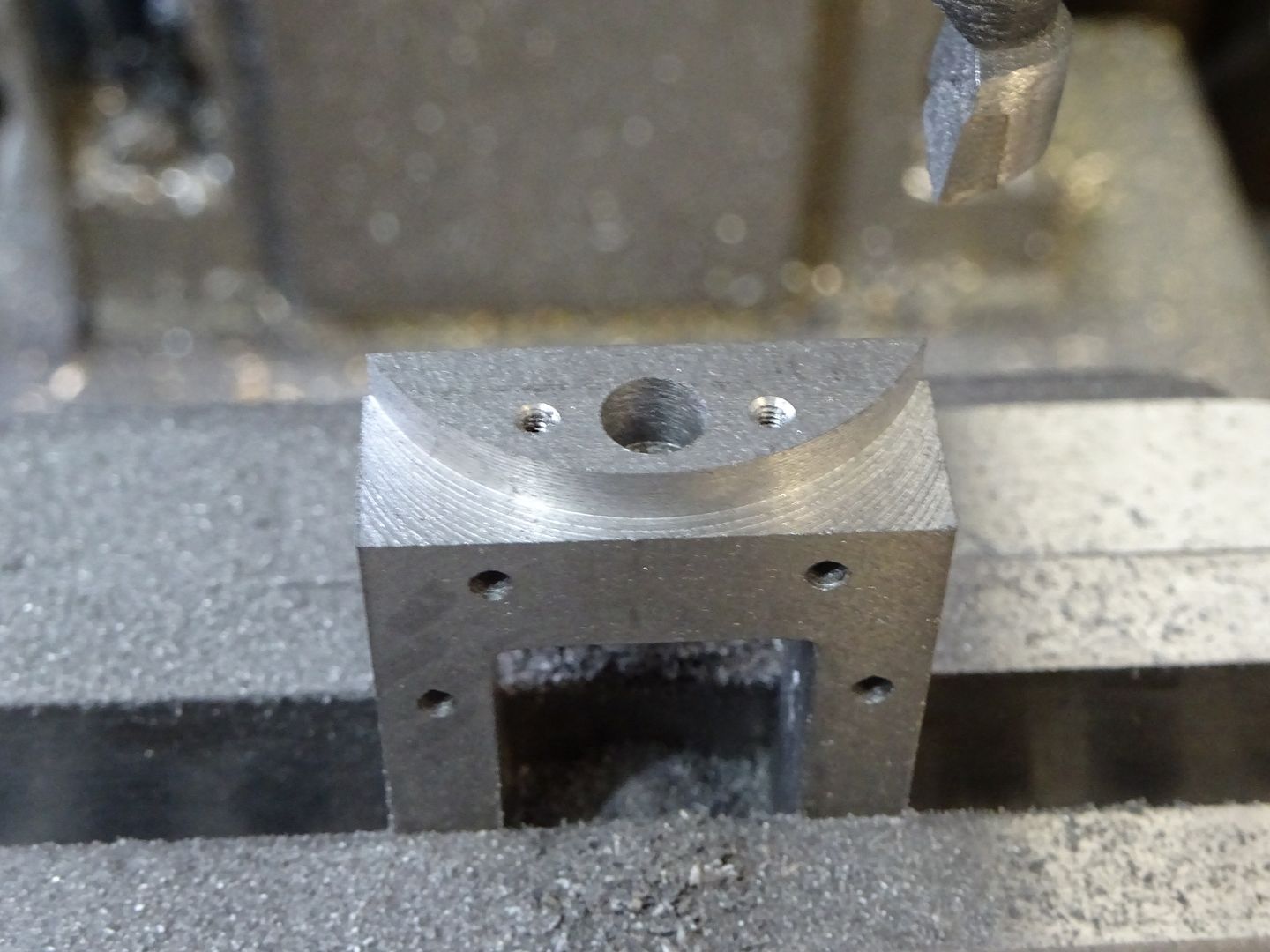Radius Geometry Question
Radius Geometry Question
- This topic has 19 replies, 6 voices, and was last updated 10 July 2022 at 19:14 by
 JasonB.
JasonB.
Viewing 20 posts - 1 through 20 (of 20 total)
Viewing 20 posts - 1 through 20 (of 20 total)
- Please log in to reply to this topic. Registering is free and easy using the links on the menu at the top of this page.
Latest Replies
Viewing 25 topics - 1 through 25 (of 25 total)
-
- Topic
- Voices
- Last Post
Viewing 25 topics - 1 through 25 (of 25 total)
Latest Issue
Newsletter Sign-up
Latest Replies
- Weird electric actuator action
- Mercer comparator gauge repair help.
- Painting mating surfaces
- 125 mm chuck onto my lathe
- interchangeable Myford beds
- Indicator bulb with bayonet mount needed
- Warco Super Major Milling Machine – Stripping Gearbox
- Smart & Brown Model L lathe help required
- Progress no.1 restoration
- boiler leak


